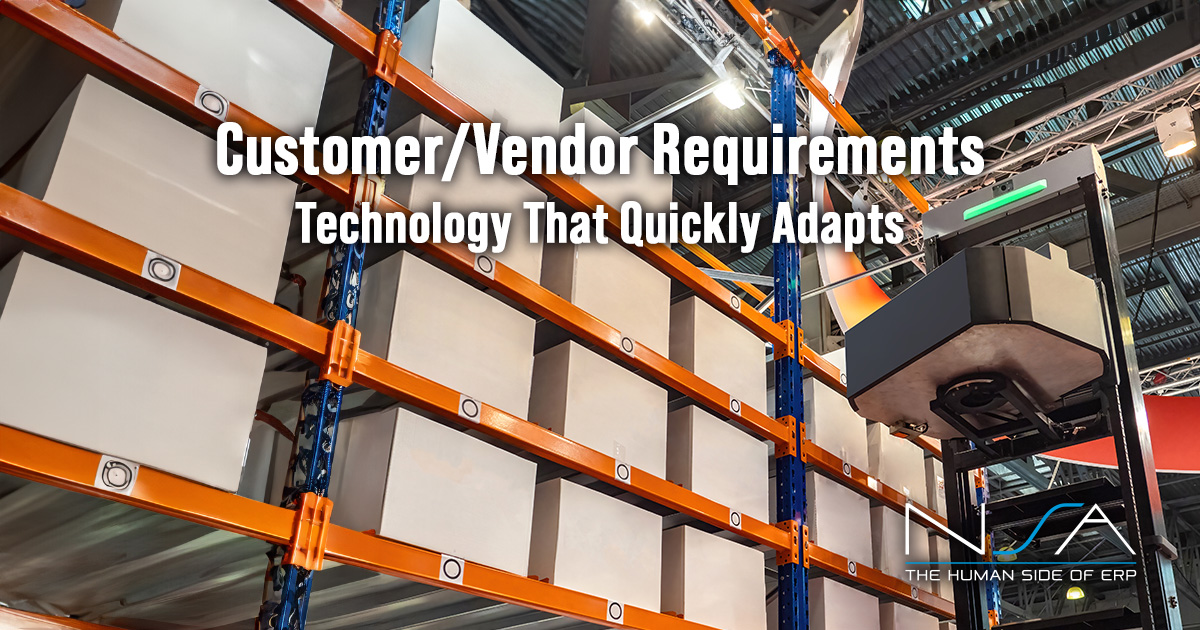There is no shortage on companies that want to help you switch to a new or upgraded cloud ERP software solution. The internet pulls up thousands of hits, but accompanying the pros is a list of cons. How are you supposed to decipher through the search engine mud and make a switch that is right for your company, not them? You avoid the hassle. Here are 5 ways to avoid cloud ERP blunders when switching.
- New system crashed business
This is a common fear and complaint among business owners: installing a new system halted production and communication. Your company cannot afford even an hour of downtime. You need to have a clear understanding of where to start, what you need, and just how much time implementation requires. Work with a trusted consultant from NSA to determine how much the new ERP system will cost and how time is required. Once your company knows the costs and man-hours, you can put a plan in place.
- Self-install leads to downtime disaster
To cut costs and headache, some companies take the bold step to self-install a new ERP system. Without proper knowledge and analysis, you will end up with an ERP disaster on your hands. The headache and costs you hoped to avoid will engulf you and your business later. You can expect the time to install without the support of a professional services provider like NSA to increase two- and three-fold if you decide to endure the project alone. Self-installing a cloud ERP solution leaves your company at-risk for failure, intrusion, and much more.
- From ignition to failure
Poor planning and support will result in a disappointing launch. Many times, companies go through the processes, they fork over the cash, and when it is time to go live, the ERP system falls on its face or it becomes increasingly difficult to use as time goes on. There are many reasons for this, and if you aren’t working with a qualified managed services provider, all are likely true. The medley of factors that contribute to the failure include the absence of a dedicated cloud ERP project manager, poor or minimal employee training, negligible testing, and the absence of company-specific processes. Your new cloud ERP system must maximize your sales, analyze all aspects of operations, improve purchasing, and allow you to take on new markets. If you don’t know that ahead of time, you are a sitting duck in competitive waters.
- No support after implementation
Many companies choose the best price over the best support and service, assuming both go hand-in-hand. They can, but a price-driven decision can leave the company stranded when it needs support most – usually after the new cloud ERP system has been installed. They think that saving money on the system is possible by picking up the slack with a few dedicated employees or the IT department. The problem is that support ceases once the ERP system is installed. NSA is your friend to combat this issue. We stick with your company through the process – before, during, and after.
- You go over budget and under services
Mistakes 1 through 4 are avoidable, and can lead to the last mistake: killing the budget and losing valuable resources and services. As stated before, do your research, vet the providers, know what your company needs, and demand the support your company deserves.
Making the decision to install a new cloud ERP system is one of the best decisions your company can make, but it can also be a stressful one. Don’t take on the task alone. Hire professionals with unmatched service and experience in the industry. Contact NSA to learn how your company can avoid cloud ERP blunders. NSA will help you find a cloud ERP solution that is more affordable, easier to implement, and proven to improve communication and success.



